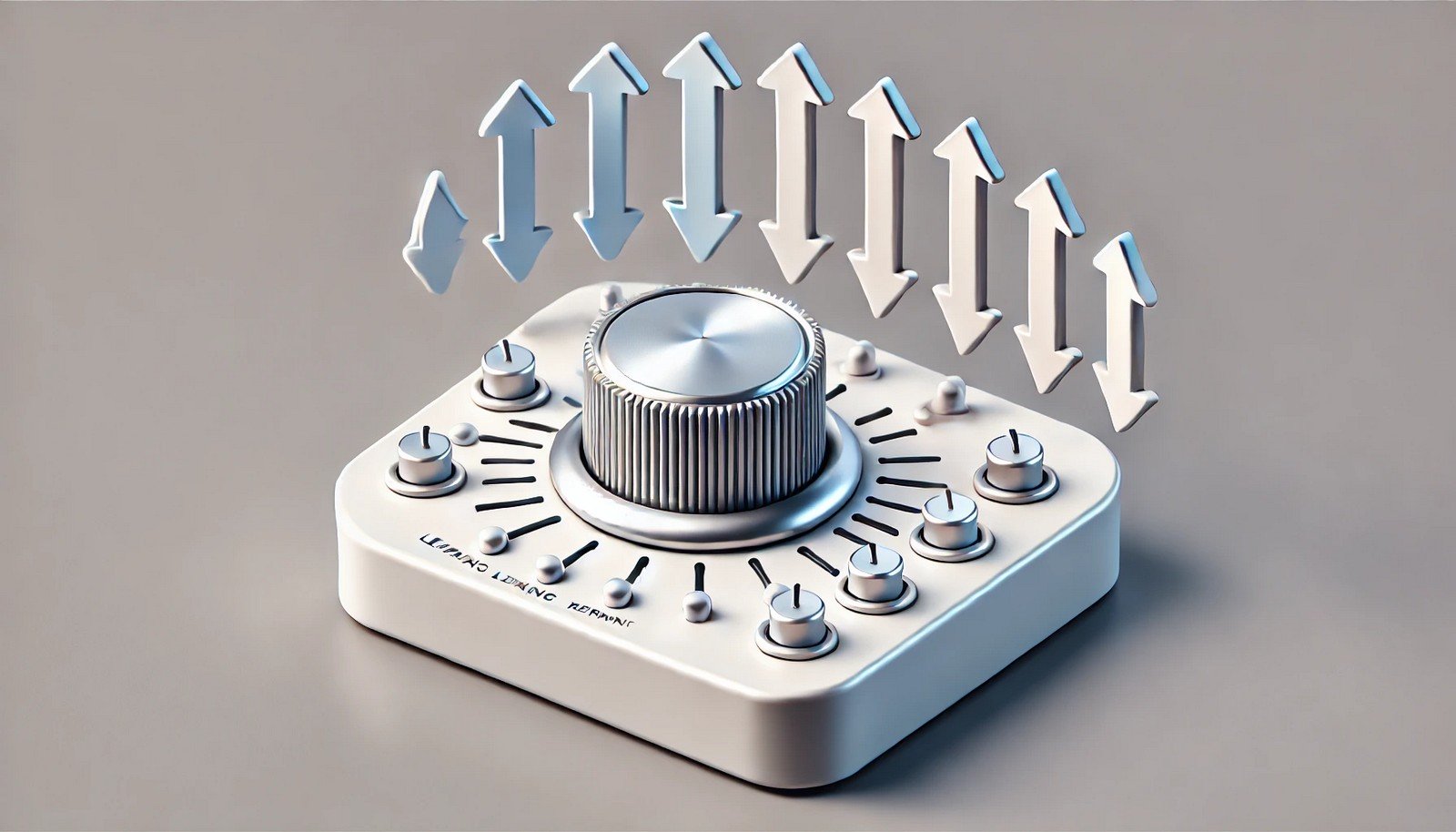Learning Rate Decay in AI

Quick Navigation:
- Learning Rate Decay Definition
- Learning Rate Decay Explained Easy
- Learning Rate Decay Origin
- Learning Rate Decay Etymology
- Learning Rate Decay Usage Trends
- Learning Rate Decay Usage
- Learning Rate Decay Examples in Context
- Learning Rate Decay FAQ
- Learning Rate Decay Related Words
Learning Rate Decay Definition
Learning Rate Decay is a technique in machine learning that gradually decreases the learning rate of an algorithm as training progresses. The learning rate controls how much the model's weights are adjusted with each training step. By reducing this rate over time, Learning Rate Decay helps models converge more smoothly and avoids oscillating near optimal solutions. It’s commonly applied in deep learning to improve model accuracy and stability, especially in complex neural network architectures.
Learning Rate Decay Explained Easy
Imagine you’re learning how to ride a bike. At first, you make big adjustments to keep your balance, but as you get better, your movements become smaller and more controlled. Learning Rate Decay is similar for a computer learning a task: it starts with big adjustments but makes smaller changes over time to get closer to the best solution.
Learning Rate Decay Origin
The concept originated from optimization research in the field of deep learning. Early experiments in neural networks demonstrated that adaptive learning rates could help achieve better generalization and prevent overfitting, which led to the development of techniques like Learning Rate Decay.
Learning Rate Decay Etymology
The term refers to the gradual "decay" or reduction of the learning rate parameter, allowing a model to "learn" at a slower, more refined pace over time.
Learning Rate Decay Usage Trends
In recent years, Learning Rate Decay has gained popularity in AI research, with its application extending across image recognition, natural language processing, and reinforcement learning. Many deep learning frameworks offer it as a standard feature due to its role in enhancing model accuracy and training stability.
Learning Rate Decay Usage
- Formal/Technical Tagging:
- Deep Learning
- Neural Networks
- Optimization Algorithms - Typical Collocations:
- "learning rate decay technique"
- "decayed learning rate"
- "model training with learning rate decay"
- "adaptive learning rate decay"
Learning Rate Decay Examples in Context
- In image classification tasks, Learning Rate Decay improves model convergence by reducing overshooting during training.
- For NLP models, it helps stabilize training when dealing with large vocabularies and diverse sentence structures.
- Reinforcement learning agents use Learning Rate Decay to adapt gradually as they encounter complex environments.
Learning Rate Decay FAQ
- What is Learning Rate Decay?
Learning Rate Decay is a technique to gradually reduce the learning rate of a model, enhancing convergence and stability during training. - Why is Learning Rate Decay important?
It prevents the model from overshooting optimal solutions and improves training performance by refining adjustments over time. - When is Learning Rate Decay used in machine learning?
It’s often used in deep learning models, such as convolutional neural networks (CNNs) and recurrent neural networks (RNNs). - What are the types of Learning Rate Decay?
Common types include step decay, exponential decay, and cosine annealing. - How does Learning Rate Decay affect model performance?
It helps models reach higher accuracy by making finer adjustments as training progresses. - Can Learning Rate Decay be applied to all types of models?
Yes, but it’s most beneficial for complex models with large datasets, like deep neural networks. - Is Learning Rate Decay a hyperparameter?
Yes, it’s typically treated as a tunable hyperparameter in machine learning. - How does Learning Rate Decay interact with other optimization techniques?
It complements techniques like momentum and adaptive learning rates to enhance training efficiency. - Does Learning Rate Decay slow down training?
Initially, it may slightly slow down, but overall, it leads to more stable and faster convergence. - What is exponential decay in Learning Rate Decay?
Exponential decay reduces the learning rate by a set factor at regular intervals, commonly used for fine-tuning in advanced models.
Learning Rate Decay Related Words
- Categories/Topics:
- Deep Learning
- Model Training
- Optimization Algorithms
Did you know?
Learning Rate Decay is a pivotal technique in optimizing self-learning AI systems, particularly those involved in reinforcement learning, like AlphaGo. By carefully decaying the learning rate, AlphaGo achieved precise moves, outperforming human players in complex games like Go.
PicDictionary.com is an online dictionary in pictures. If you have questions or suggestions, please reach out to us on WhatsApp or Twitter.Authors | Arjun Vishnu | @ArjunAndVishnu

I am Vishnu. I like AI, Linux, Single Board Computers, and Cloud Computing. I create the web & video content, and I also write for popular websites.
My younger brother, Arjun handles image & video editing. Together, we run a YouTube Channel that's focused on reviewing gadgets and explaining technology.



Comments powered by CComment